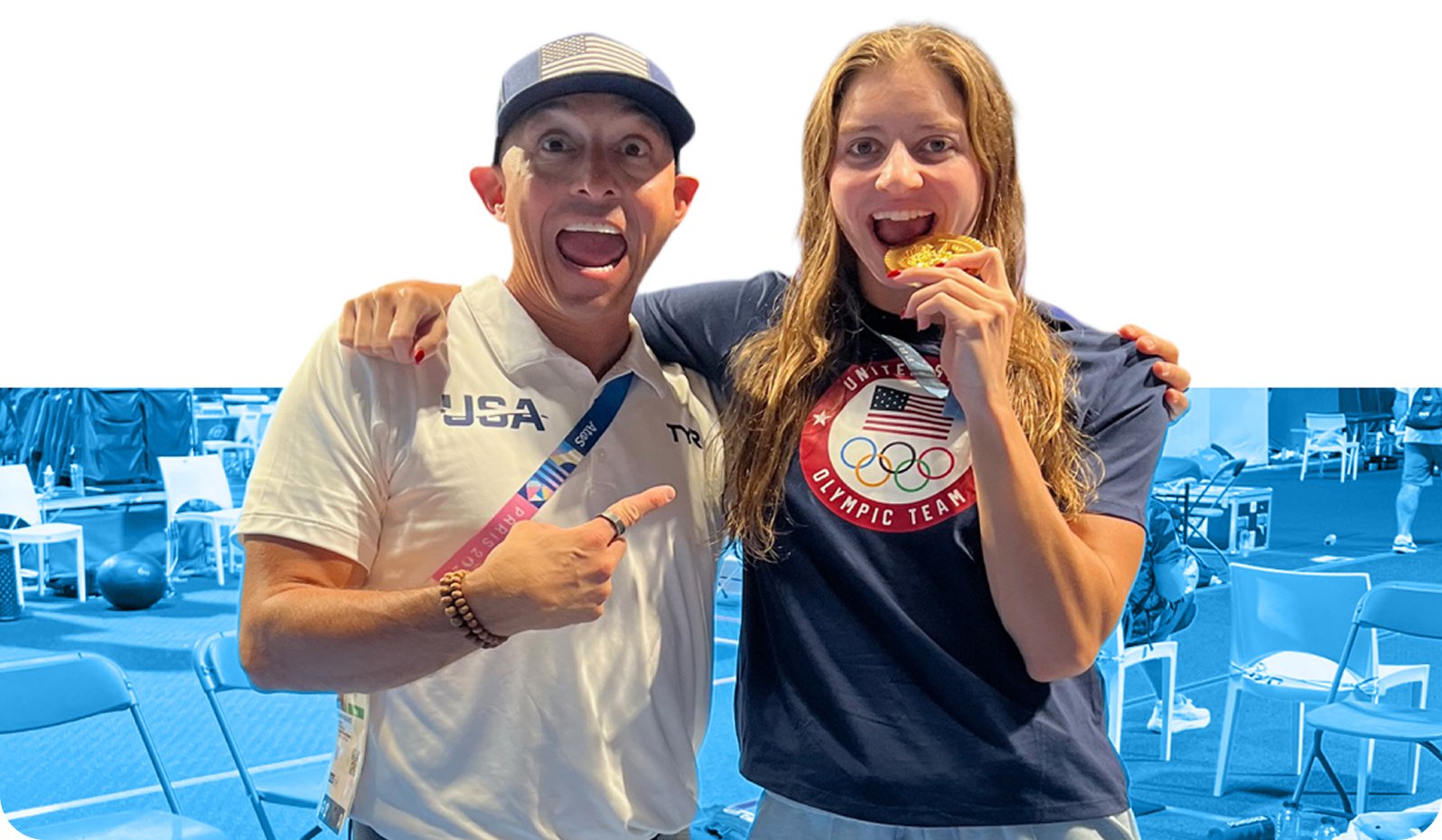Heart rate monitoring has become commonplace, so much so that it is hard to find coaches or athletes that have not used it at some point in their training. What's great about using heart rate training in swimming is that it offers a way to measure progress and ensure swimmers are training at the right intensity.
This blog post aims to highlight the technological advancements in heart rate tracking and show you how leaning on technology can benefit swim coaches and swimmers alike.
How to measure Heart Rate?
As mentioned above, Heart Rate training can be especially beneficial for swim coaches. It can help you gauge the intensity of your swimmers' workouts and ensure they are training effectively. It's a fantastic tool that helps you understand:
How hard are your swimmers working
Their fitness level
How fatigued they are
Back in the day, the OG method to take Heart Rate was to use two fingers on the neck. One problem with this method was that it ''assumed'' swimmers could accurately take their Heart Rates. Another one was that the athletes would come into the wall to check their Heart Rate at the end of their rep, by which point their HR would have dropped slightly.
With the rise of optical heart rate technology, the most popular method to track heart rate nowadays is by using a heart rate monitor.
What Are Heart Rate Zones?
Most heart rate monitors allow you to set intensity zones, so you can see at a glance whether your swimmers are amping their effort. Heart rate training can help your swimmers find the right intensity for their swim workouts and keep them on track to achieving their goals.
To hit their peak performance when it matters, swimmers must train at the correct intensities all troughout the season.
Below is a graphic that lists all the different heart rate zones, the level of intensity and the percentage of HRmax. The zones vary from very light to maximum effort. For example, if you’re exercising and your heart rate is at 50-60% of your max HR, you're likely doing a warm-up, cool down or active recovery.

The biggest issue with all the different zoning systems, whether Heart Rate zones or Training Zones, is how each methodology treats zoning differently. At TritonWear, we looked into the top training zone methodologies from around the world, like France, British Swimming, USA Swimming, Australia swimming, Urbanchek, etc. and plotted them based on Heart Rate.

What we found was that not only did the zone thresholds not match from one methodology to the next, but they all used different measurement types for Heart Rate:
- Beats per Minute (BPM)
- Beats Below Max (BBM)
- Percent of max heart rate (% Max)
The issue with this is that the primary way to derive Max Heart Rate is not scientific; you subtract your age from the number 220. This approach assumes everyone of the same age has the same general cardiovascular health, which is impossible.
Unfortunately, there isn’t another trusted method for this at this time, so it’s a starting point. It is, however, ONLY the starting point. With TritonWear, once you start to use Heart Rate monitoring regularly, the min, max and average HRs become part of the evolving profile, and these metrics help to establish a unique Max HR for each athlete.
Heart Rate Training with TritonWear
At TritonWear, we integrate with the Polar Verity Sense. Once you have heart rate monitors, you can start using them to track your swimming workouts. There are 2 ways you’ll find swimmers' heart rates in the app.
Live during training
-
-
A live Heart Rate bar at the top of each swimmer's tile. This will update roughly every few seconds and is colour-coordinated to our new training zones.
-
Flip the swimmer's tile for a brand-new view. This flipped card has only Rep Distance, Rep Time, Pace and Heart Rate, and the whole card is coloured based on live zoning.
-
You can choose Min, Max and Average Heart Rate as 3 new HR metrics to display on your tile or as metrics on the workouts details page.
-

After training
- On the Workout Summary page, the summary graph has the option to overlay speed (pace) for each lap and the average Heart Rate per lap.
- In the Workout Details, you’ll be able to select Min, Max or Average Heart Rate as metrics to display or plot on your Rep or Lap graphs.
Workout Summary
Workout details

To conclude, while heart rate training is an excellent tool for coaches and swimmers, it's important to remember that Heart Rate is just one metric. Many other factors can affect athlete performance in the pool, so it's important to use Heart Rate training as part of a broader training data collection. Using Heart Rate training in conjunction with other training data, you can ensure that your swimmers are getting the most out of their swim workouts and seeing the best results.
If you see yourself as a coach with a growth mindset or someone ready to take coaching to the next level, grab this playbook; it's step-by-step guidance to help you integrate data into your training.





.png)

.png)